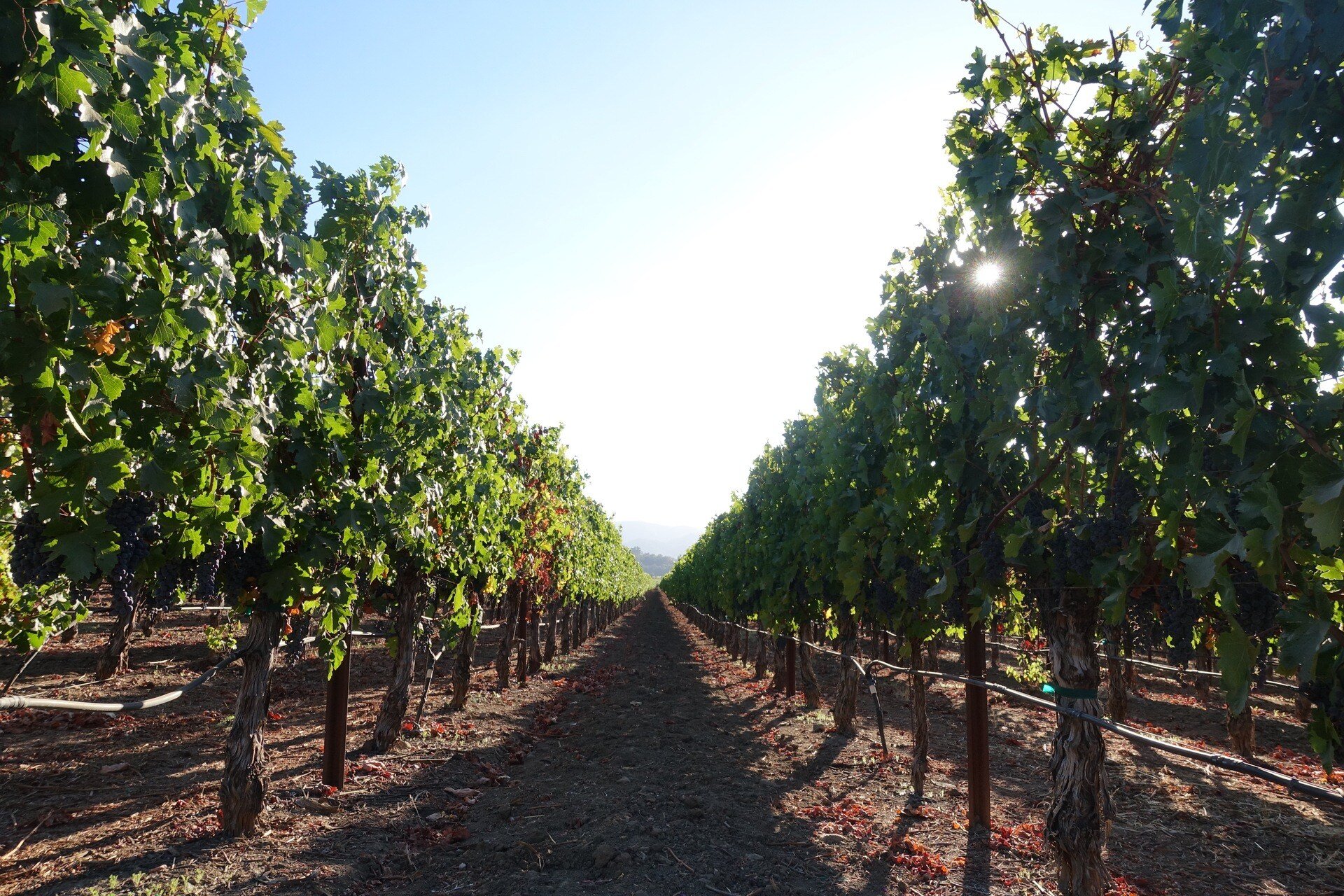Impact of Grapevine Leafroll Viruses and Cost of Replanting Vineyards
Suterra
Jun 15, 2023 3:13:00 PM


Vine mealybug can have devastating impacts on vineyards not because of the impact of their feeding on vines and the production of waste, but because they are a vector for grapevine leafroll associated viruses. Learn more about these viruses below.
Grapevine leafroll associated Virus is the name used to refer to a complex of multiple plant viruses in the family Closteroviridae that infect table grape raisin, and wine grapevines. Among these, Grapevine leafroll associated Virus 3 (GLRaV-3) is considered the most severe of the leafroll viruses.
The viruses are transmitted through grafts and propagation and phloem-feeding from several mealybug species, including vine mealybug and Grape mealybug. Once the virus is introduced into the phloem and begins to replicate, the transfer of nutrients and sugars within the vine is impaired.
While mealybugs themselves are not very mobile, they can spread GLRaV-3 throughout the vineyard through the movement of crawlers and adult females from infected plants to non-infected plants; this can occur through short-range natural dispersal, aided by ants that tend the mealybugs, and on tools and equipment that have not been sanitized to remove any mealybugs.
Infected grapevines display a range of foliar symptoms, including discoloration, downward rolling, and curling (depending on the variety infected). These symptoms typically appear on basal leaves and progress toward the shoot tips.
Other signs of infection include reduced shoot growth, delayed fruit ripening, and decreased sugar accumulation in the fruit. Ultimately, these effects can lead to decreased yields and diminished grape quality, posing a considerable threat to vineyard profitability the longer the infected vines remain in production.
To answer this question, we need to make a few assumptions, which are based on San Joaquin Valley, California grape production estimates (2023):
With these assumptions in mind, a vineyard operator can lose up to $12,310 per acre over the lifetime of the vineyard; this can be compared to a loss of $1,770 when the starting infection is just 1%.
A robust IPM program with mating disruption at its core can go a long way to keep mealybug populations down and reduce the risk of spreading GLRaV-3 throughout a vineyard. Ultimately, it is a lot easier and less expensive to manage the spread of GLRaV-3 through practices such as proper sanitation and control of mealybug vectors.
Read more about how identifying, monitoring, and controlling vine mealybug can help mitigate the impacts of grapevine leafroll associated viruses in your vineyards.
Want to learn more? Contact our team and we will connect with you one of our many experts.